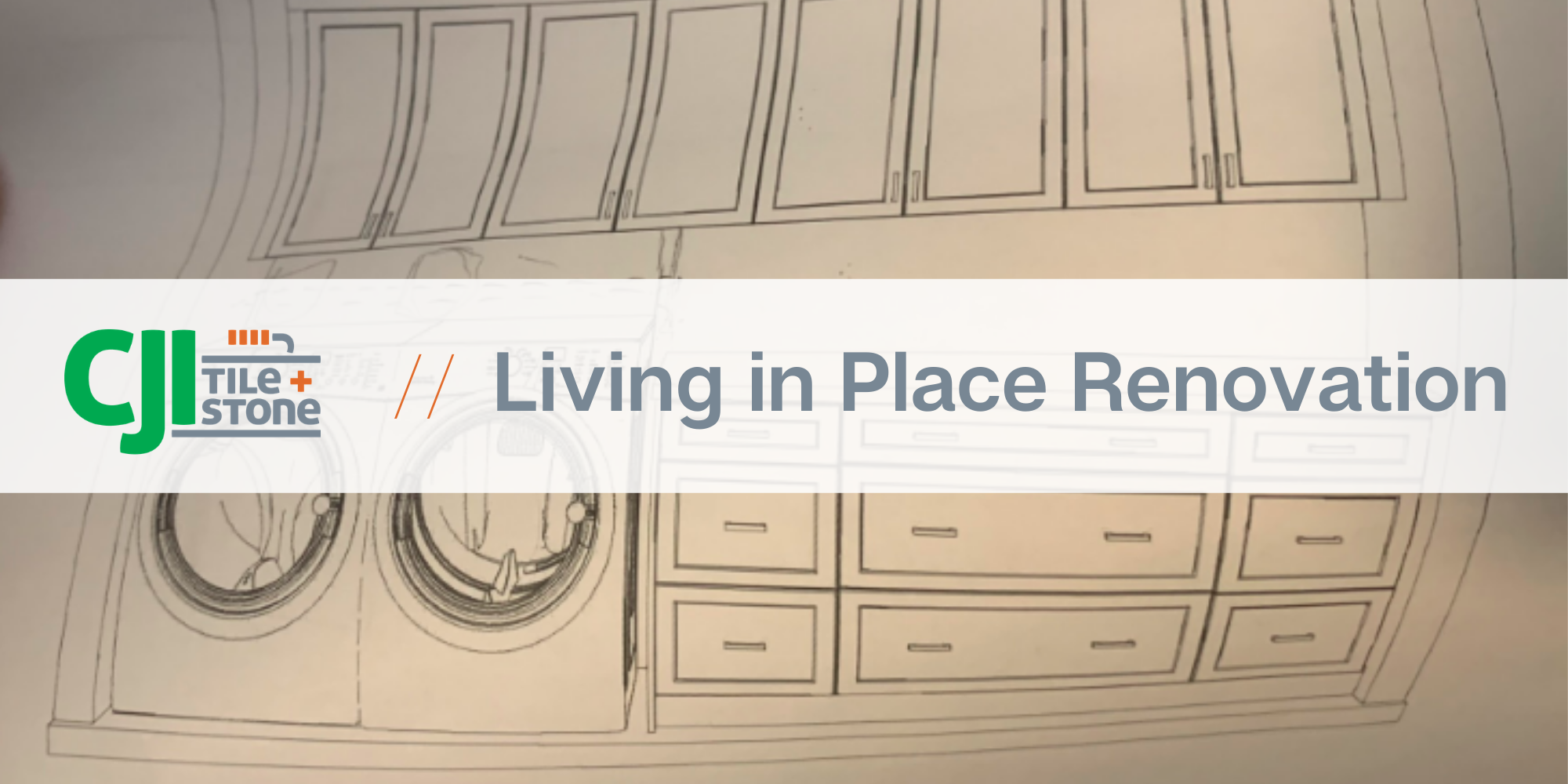Using tile in a sustainable home: An eco friendly flooring choice
/100 year old Mosaic tile floor
It’s not just the construction and demolition of large urban buildings that add to the carbon footprint and other environmental issues of the construction sector. How each of us builds and furnishes our home is one of the most important decisions which influence our environmental impact.
Some of the largest contributors to the sustainability of the home we live in are the materials we use. We should all be striving to use those which are most durable, help us conserve energy, are made with sustainable practices and have a low impact after disposal.
Ceramic and porcelain tiles, based on these criteria, make for one of the most sustainable flooring choices, as they’re sustainable throughout the whole life-cycle.
In manufacturing
Ceramic and Porcelain tile is made from clay and other natural materials, which gives it a clear advantage over other flooring types made from plastic. There is also the option of using recycled ceramic in manufacturing, further decreasing the impact. As natural materials are used, there are no toxic chemicals being released into the air or water during production.
Additionally, a ceramic and porcelain tile can be created with a variety of finishes, with the possibility to simulate other materials such as wood, which allows them to be used all around the home.
A long lifespan
According to a study by the National Association of Home Builders, the lifespan of a ceramic tile floor is up to 100 years. This is thanks to its unmatched durability and resistance from the elements. Throughout its lifespan, it’s one of the easiest materials to clean and maintain, as there is no need for any chemicals to be used.
Aside from functionality, tiles in neutral tiles also stand the test of time wonderfully aesthetics-wise.
After disposal
Although a ceramic or porcelain tile will last in your home for a long time, it will eventually come to the end of its lifespan. At this point, it can either be recycled or sent to landfill.
Tile being Crushed to become aggregate
Ceramic tiles can’t be thrown in any of the recycling bins you’ll find in most areas – In Calgary you’ll need to take them to a recycling collection centre such as Calgary Aggregate. When tiles are taken to one of these facilities the material can be ground up and used in the manufacture of new products.
If disposed of in the landfill, it takes a very long time for it to decompose. While this does mean that it will sit in the landfill for much longer than other materials, it doesn’t release any chemicals into the environment in the meantime, which is a big plus.
Ceramic and Porcelain tiles are some of the most versatile products you can use for your interior or exterior construction project. Whether you are building a shower for your en-suite or a floor for a shopping center, tile is a great choice that will last the life of the building.


















